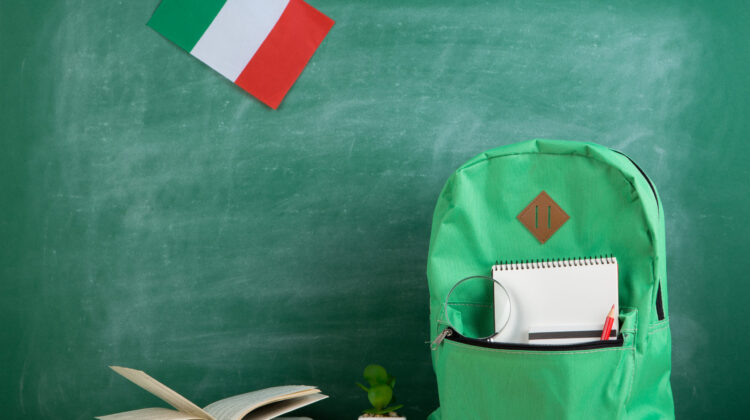
The Italian government has distinguished itself by allowing its building policies for school environments to be guided by overwhelming scientific evidence linking classroom acoustics to academic performance. Now the world has a strong example to follow in the shape of the newly published Italian acoustic standard for schools, UNI 11532-2.
In 2020, Italy initiated a new acoustic standard for schools, UNI 11532-2, providing an impeccable model for acoustic consultants and architects worldwide to follow when in doubt of how to create the ideal sound environment in a school. This standard has been a hugely successful initiative for several reasons that the world would do well to take notice of.
Reason #1: Government support
The first is that through the combined work of academics, politicians and other stakeholders working tirelessly to convey the message that optimal acoustics in schools is not a luxury but a necessity for equitable education, the Italian government has mandated that the standard be fulfilled by all public buildings.
This shows that while most governments play catch-up with the huge body of scientific evidence on how a better acoustic environment leads directly to better academic outcomes [1, 2], Italy is foremost at listening to leading experts and basing its government response to problems in the built environment according to those voices of reason.
This is an incredible win for science as well as the world of education. But the most incredible achievement is that every child in Italy that goes to public school will be guaranteed the best possible sound environment for their learning.
Reason #2: Recommendations accounting for Activity Based Acoustic Design
The second reason is that the standard really takes into account the fact that different rooms imply different activities for the occupants which should be taken into account when designing the sound environment, rather than taking a one-size-fits-all approach.
We at Ecophon have long argued that Activity Based Acoustic Design (ABAD) should be a priority when trying to enhance teaching and learning outcomes, and this really puts theory into practice by classifying the room types according to how they are used. And each one has corresponding acoustic requirements based on that use, which is described in detail.
Reason #3: Ensuring communication is a top priority
The third and primary reason this standard is exemplary is that it has introduced a number of reference values that specifically help to ensure better speech perception in classrooms. They have moved beyond the traditional inclusion of only reverberation time and are taking into consideration almost every possible source of disturbance that is not attributable to the students or the teacher.
These include:
- Speech Transmission Index (STI), an objective measure of speech transmission in a room. It is useful for understanding what speech intelligibility is likely to be in the space measured.
- Speech clarity (C50). This measure has been recommended as an alternative to the Speech Transmission Index (STI) in the standard for rooms under 250 m3.
- Sound insulation and noise from service equipment
- Noise from continuous operation systems within the room (eg. HVAC systems)
- Environmental noise
- Reverberation time
To see specific reference values for the measures given above, a summary in English by Astolfi, Parati, D’Orazio & Garai is available here. Alternatively, the standard can be purchased here (in Italian).
In conclusion
This development bodes well generally for the world of education but the battle is not won yet. Currently many countries have no acoustic standards for schools to refer to, and although models like this exist, no legislation refers to them and those that shape the built environment continue to under-prioritize the hidden power of sound to the detriment of children and teachers’ health and wellbeing.
To read about how this knowledge is being put into practice, please see this article describing the I LISTEN (IO ASCOLTO) project and corresponding case study conducted at L. A. Muratori primary school in Turin in which optimal acoustic conditions were obtained through the use of sound absorption.
[1] Mealings, K. (2021). The effect of classroom acoustic conditions on literacy outcomes for children in primary school: A review. Building Acoustics, 1351010X211057331.
[2] Shield, B. M., & Dockrell, J. E. (2003). The effects of noise on children at school: A review. Building Acoustics, 10(2), 97-116.

